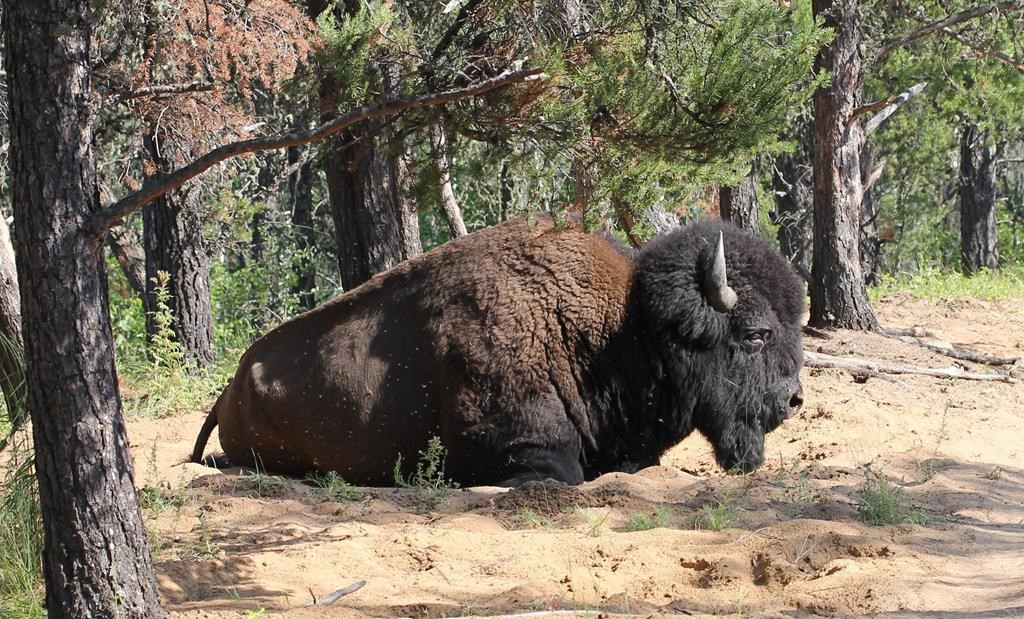New research suggests Canada’s largest national park is not drying out from upstream hydro dams or being contaminated by the oilsands.
Recently published papers from scientists at the University of Waterloo question previous studies done for the federal government and the United Nations as well as long-held conclusions from Indigenous people.
“Our findings counter widespread perceptions,” said Roland Hall, an aquatic ecologist who is one of the co-authors. “There’s been lots of controversy and claims that weren’t necessarily supported by data.”
Others say the jury is still out.
“(The scientists) overstate their position, stretching the applicability of their limited dataset,” said Melody Lepine of the Mikisew Cree First Nation. The band has long voiced concerns about its traditional land in northern Alberta’s Peace-Athabasca Delta and Wood Buffalo National Park.
The park is one of the world’s largest freshwater deltas and a World Heritage Site.
But its water levels have been dropping, which the Mikisew blame largely on B.C. Hydro’s Bennett Dam. They also say contaminants have been flowing downstream from the oilsands.
In 2014, the Mikisew voiced concerns to UNESCO, which asked Canada to assess the park’s 45,000 square kilometres of grasslands, wetlands and waterways.
That study found ecological health was declining from climate change, dams and industry. It also noted the proposed Teck Frontier oilsands mine, waiting for federal cabinet approval, is only 20 kilometres south of the park.
UNESCO is considering the park’s status while Parks Canada considers a $27.5-million plan to rescue it.







